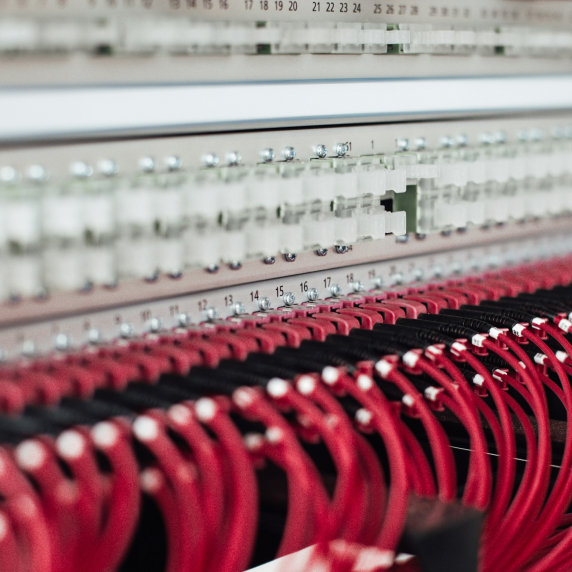Companies today rely more than ever on safe, efficient and scalable networks. Although the talk is typically around Wi-Fi speed or cloud apps but what people aren’t aware of is that underlying every smooth connection is a meticulously designed structured cabling system that acts as the infrastructure that holds the whole network together.

Image credit: gokaravan.com
Whatever your needs, whether you’re an emerging company or a large enterprise the proper structured cable is an absolute must.
What is Structured Cable?
Think of structured cabling as the physical skeleton of your IT infrastructure. It’s the standard method to organize cables and hardware so that phones, computers servers, servers as well as security systems, can communicate and connect. Structured cabling is logical and tidy. It’s adaptable to the ever-changing technology.
A well-planned cabling system supports data, voice, as well as multimedia throughout your entire business. Modularity lets you modify, add or move systems without causing major disruption. In addition, it’s flexible, able to expand as your company grows.
Why Structured Cabling Services Matter
Structured cabling doesn’t fit all. Each building, industry, and business has its own demands for performance. It is essential to work with a cabling company that specializes in.
Professionals assess your current infrastructure, the future needs and the physical layout in order to design your own custom layout. These include horizontal and backbone cabling, patch panels distribution frames, and quality assurance tests for every cable.
Karavan Technology offers structured cabling solutions for the US and Canada that are tailored to both complex and simple situations. The company offers solutions that range from Cat5E cables to high-frequency Cat7 cables that are capable of handling 1200MHz.
The Structured Cabling Installation Process
Structured cabling is usually regarded as disruptive. A team of highly skilled technicians can complete installations quickly, cleanly and without impacting the day-to-day work.
Here is what a typical install involves:
1. Engineers will evaluate the area and decide on the cable route. They also map the endpoints.
2. Installation: Racks, cables as well as patch panels and outlets are properly installed and marked.
3. Testing and certification: Every connection is tested to ensure signal quality, and then certified according to performance standards.
4. Documentation: A complete map of your cable system is provided to assist in future troubleshooting and upgrades.
When the installation process is completed, you will be able to be used immediately.
Future-Proofing Structured Cabling Systems
The technology evolves quickly, and your infrastructure should as well. Structured cabling systems that are properly designed and installed offer advantages for future-proofing and make it simpler to upgrade and grow without starting with a new system. Integration of new devices, servers or workstations is simple without needing an extensive overhaul.
In addition, with demands on data increasing, in particular with cloud video conferencing and computing, having a strong base prevents bottlenecks and guarantees constant performance. No more latency, zero signal loss and no expensive downtime as a result of old wiring.
Final Thoughts
Structured cabling might be hidden from view however it shouldn’t be out of mind. It’s the base of a functional, future-ready network that supports every part of your business’s activities. With expertly structured cabling installation and tailored structured cabling solutions, you not only improve your current performance but also create the foundation for longevity success.
If you are creating a new office, upgrading your existing system or planning a major installation and you’ll never regret investing in structured cabling.